This is not only an arrangement and consolidation of the organization but also a "revolution" in thinking, working methods and models of serving farmers, creating new provisions and new momentum for agricultural extension to enter the "Era of rising up, becoming rich, civilized, prosperous and prosperous" of the country. In the context of science - technology and digital transformation being the key driving force, agricultural extension has a new mission: to be both the core force of the grassroots government in agricultural and rural development, and the core of intellectualizing farmers, leading a multi-value, ecological and modern agricultural economy .
Ready for a new phase of development
The reform of the agricultural extension system according to the two-tier local government model is a strategic decision to overcome the management gap and bring agricultural extension closer to the grassroots, closer to farmers than ever before. This is a concrete action to realize the Party and State's policy, creating a revolution in organizational structure.

The highlight of the new model is the requirement that all agricultural extension activities must be based on the locality, households, and production groups. Photo: DT.
Circular No. 60/2025/TT-BNNMT dated October 14, 2025 of the Ministry of Agriculture and Environment has established a clear action motto: reorganizing the agricultural extension system towards being close to the people, directly serving the people and must be linked to the grassroots and the fields. According to the new model, commune agricultural extension is located in the commune-level public service center and is under the direct direction of the commune leaders.
This breakthrough change aims to unify the will to act, ensure effectiveness and efficiency, make agricultural extension activities a regular and essential task of the grassroots government, and end the situation of "outsourcing" to superiors.
The highlight of the new model is the requirement that all agricultural extension activities must be based on the locality, households, and production groups; directly supporting people in developing commodity production, converting livelihoods, accessing markets, and responding to climate change. Agricultural extension does not only “go to the grassroots” but truly “belongs to the grassroots”.
Along with the consolidation of the state apparatus, community agricultural extension teams were built as the core force, the "extended arm" and became the "end point" to contact farmers in each village, hamlet, craft village, and cooperative. By 2025, the whole country had established 5,187 community agricultural extension teams with 47,493 members.
The community agricultural extension team not only imparts techniques but also directly “holds hands” in organizing production according to the chain, instructing farmers on how to record, comply with processes, approach quality standards, build brands, and link with consuming enterprises. From the “end point” of direct contact with farmers, this force becomes the “starting point” of new production models, standard raw material areas, and cooperatives operating according to market thinking.

The community agricultural extension team not only imparts techniques but also directly "holds hands and guides" in organizing production according to the chain. Photo: Tung Dinh.
This force consolidation will standardize agricultural extension human resources according to the standards of specialized civil servants, while fostering knowledge of economics, markets, and digital transformation to be ready to lead farmers in the new era. Agricultural extension is ready for a new development stage, taking the grassroots as the foundation and farmers as the main subjects.
6 key roles
The agricultural extension development strategy to 2030, with a vision to 2050, clearly identifies the need to shift from the “technical agricultural extension” model to “multi-value agricultural extension”, associated with agricultural economics, circular economy, green economy, and digital economy. Agricultural extension in the new era is positioned with 6 key roles:
- Economic - market bridge: Support farmers to produce according to market demand, participate in value chains, improve bargaining capacity, and reduce dependence on small traders.
- Policy bridge: Timely and easy-to-understand transmission of preferential policies and guidelines of the Party and State; consulting to help farmers and cooperatives access credit, land, insurance, and trade promotion policies.
- Bridge to sustainable poverty reduction: Design livelihood models suitable for each disadvantaged area, support vulnerable groups, ensure no one is left behind in agricultural restructuring.
- Community bridge: Contribute to strengthening and connecting society, building a civilized, safe, and unique new countryside, improving the material and spiritual life of the people.
- Ecological environment bridge: Guidance on converting production towards ecological agriculture, circulation, emission reduction, protection of land, water resources and biodiversity.
- Digital agricultural extension bridge: Bringing farmers access to digital platforms, traceability, market data, online learning, and improving digital capacity.
With this orientation, agricultural extension not only imparts techniques but also becomes a force leading farmers to build new production models, adapting to the requirements of deep integration, high competition and increasingly strict standards of domestic and international markets.

Agricultural extension has the mission of transferring advanced science and technology, contributing to the development of ecological, efficient and sustainable agriculture. Photo: Le Hoang Vu.
Mission in the new era
Agricultural extension in the new era must shoulder the great mission of training and intellectualizing farmers, building a comprehensively developed farmer force with advanced qualifications, education, and production organization capacity, and a civilized lifestyle. The goal is for 100% of state agricultural extension officers to have their professional titles standardized, and to be regularly trained and fostered in techniques, economics, markets, communication skills, and digital skills. Along with that is the requirement to equip farmers with systematic knowledge to participate in the chain, raw material areas, cooperatives, and cooperative groups... so that they can truly be the subjects of production management.
Agricultural extension also has the mission of transferring advanced science and technology, contributing to the development of ecological, efficient and sustainable agriculture; the mission of developing the community, building a modern, prosperous, civilized, happy new countryside, becoming a livable place.
In order to comprehensively modernize agricultural extension activities to successfully implement the strategy for the 2026 - 2030 period, it is necessary to implement 5 breakthrough solutions:
- Digital agricultural extension: Strengthening the application of electronic agricultural extension, smart agricultural extension and building knowledge information infrastructure. Along with that is the application of new technology in the fields such as IoT sensor systems for environmental monitoring; drones to support plant care and protection; blockchain for traceability; big data analysis to forecast supply and demand, and warn of risks.
- Agricultural extension services: This is the most powerful shift in thinking from free provision to on-demand service provision. Agricultural extension will provide professional technical, financial, information and market support packages, helping farmers increase production value, reduce risks and increase competitiveness. The State plays a role in creating and issuing mechanisms and standards; the private sector and service enterprises participate in supply, sharing costs and benefits.

Service agricultural extension is the most powerful shift in thinking from free provision to on-demand service provision. Photo: LHV.
- Agricultural extension develops according to value chains and product lines: The focus is on supporting the formation and development of concentrated raw material areas that meet domestic and international standards; connecting with the processing industry, logistics, e-commerce; ensuring products are traceable, have brands, and have stable contracts. Agricultural extension becomes a "companion architect" with localities, businesses and farmers in designing and operating value chains from planning growing areas, selecting varieties, organizing production, harvesting, preliminary processing, preservation, processing, packaging to bringing products to market.
- Building an open agricultural extension ecosystem: Closely linking state agricultural extension and enterprise agricultural extension, state agricultural extension plays a central role in guiding, mobilizing, connecting and coordinating resources through the socialization mechanism and public-private partnership (PPP). Consolidating and perfecting the state agricultural extension system according to the two-level government model to ensure streamlining, unity, effectiveness and efficiency. Developing a network of grassroots agricultural extension and community agricultural extension at the commune level in association with cooperatives, enterprises and socio-political organizations, creating close connection and coordination between levels.
- Sustainable, inclusive and adaptive development: Pay attention to agricultural extension activities in disadvantaged areas, especially disadvantaged areas, ethnic minorities, ensuring that all farmers have access to the State's agricultural extension policies, have jobs, and stabilize their lives. Promote agricultural extension activities to transfer environmentally friendly techniques and technologies, reduce emissions, use resources economically, adapt to climate change, and protect the ecological environment.

Vietnam Agricultural Extension is ready to carry out its mission with a proactive and highly responsible attitude to serve farmers. Photo: Tung Dinh.
- Perfecting institutions and policies: That is, reviewing and perfecting the system of legal documents on agricultural extension to ensure consistency with relevant laws on agriculture, science - technology, land, cooperatives, environment, and digital transformation. Along with that is a flexible financial mechanism, encouraging socialization; a mechanism to evaluate the effectiveness of agricultural extension programs and models based on outputs and actual impacts on income, livelihoods, and the environment; a monitoring system on a digital platform to ensure publicity and transparency.
When the system is completed according to the two-level local government model and a breakthrough strategic orientation is clearly defined, Vietnam Agricultural Extension is ready to carry out its mission with a proactive and highly responsible attitude to serve farmers, aiming at the goal of creating a modern, ecological agriculture; civilized, livable countryside; professional farmers, mastering knowledge and technology.
Source: https://nongnghiepmoitruong.vn/cach-mang-khuyen-nong-hien-dai-hoa-toan-dien-de-phung-su-nhan-dan-d784114.html




![[Photo] Deep sea sand deposits, ancient wooden ship An Bang faces the risk of being buried again](https://vphoto.vietnam.vn/thumb/1200x675/vietnam/resource/IMAGE/2025/11/13/1763033175715_ndo_br_thuyen-1-jpg.webp)








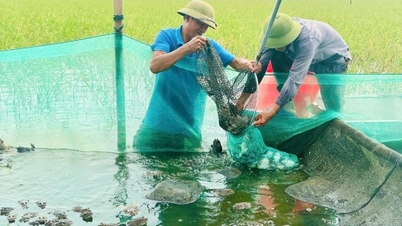

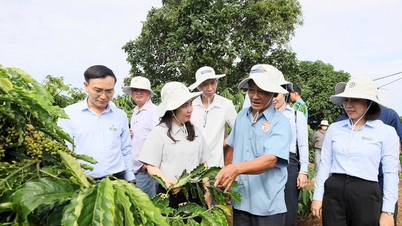


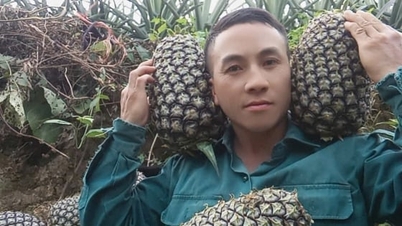


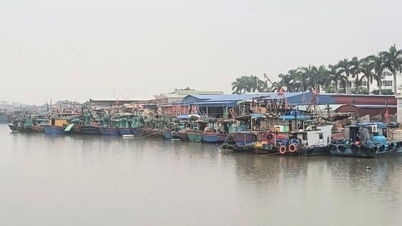
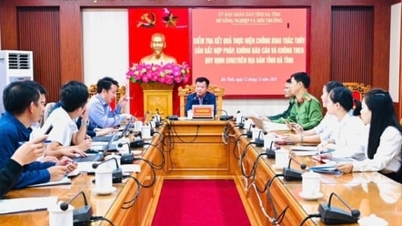
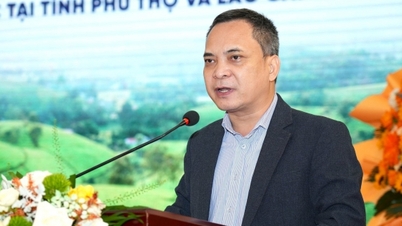





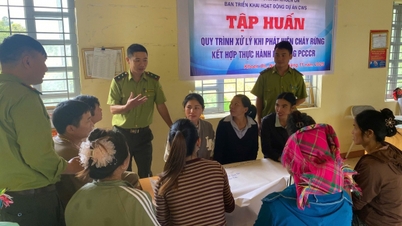
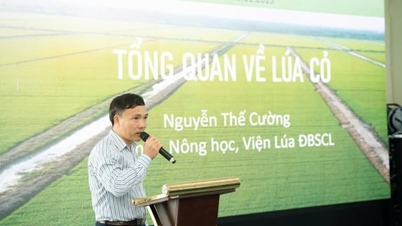
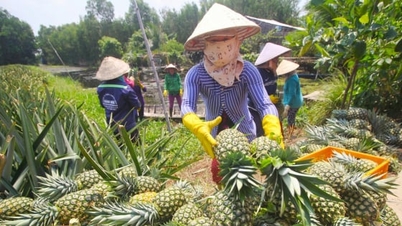
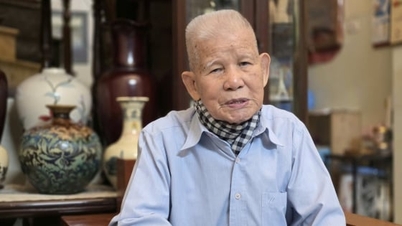
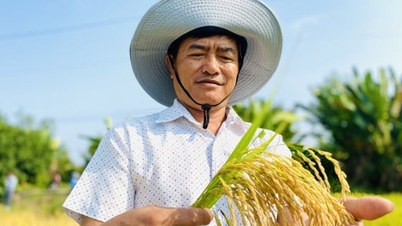




































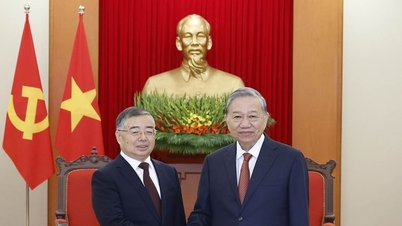
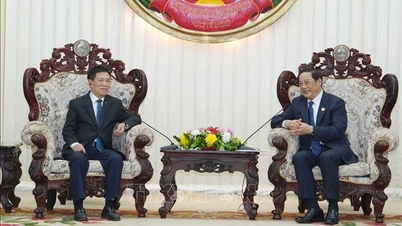


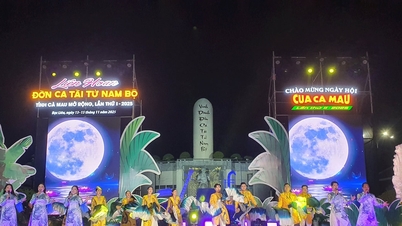







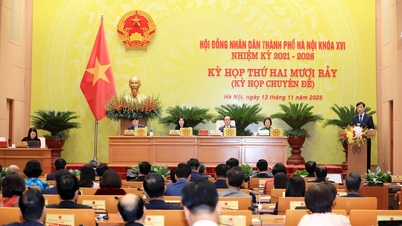



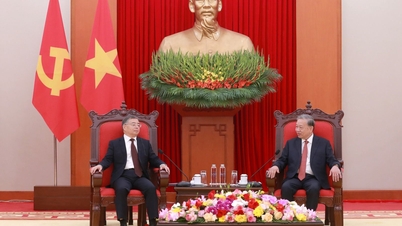





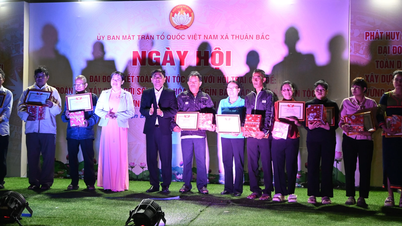

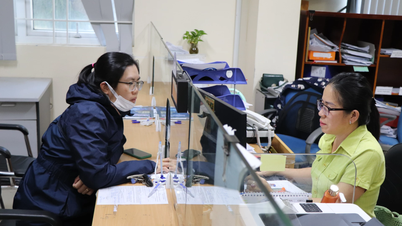





![Dong Nai OCOP transition: [Article 3] Linking tourism with OCOP product consumption](https://vphoto.vietnam.vn/thumb/402x226/vietnam/resource/IMAGE/2025/11/10/1762739199309_1324-2740-7_n-162543_981.jpeg)






Comment (0)